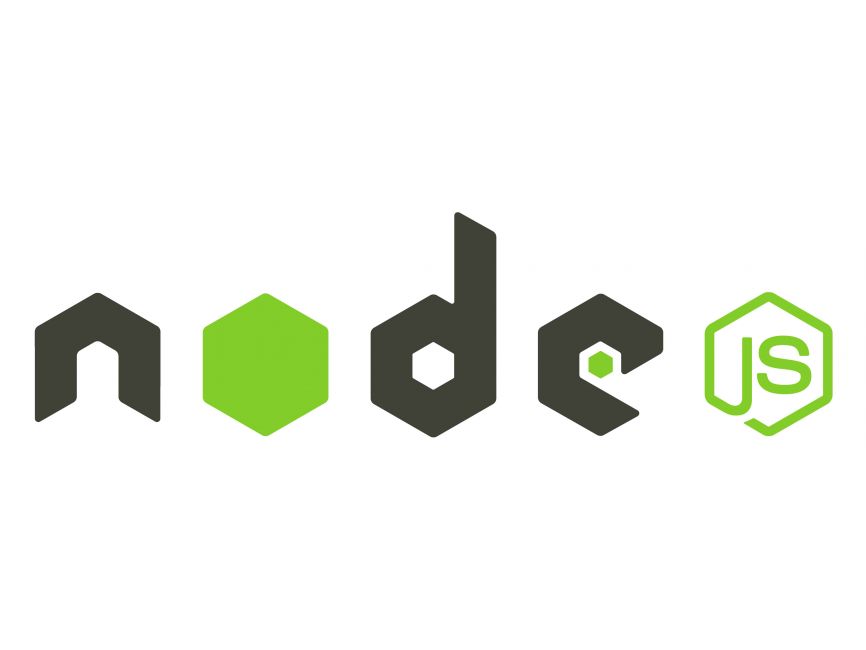Here are some common interview questions for Node.js developers, along with possible answers:
- What is Node.js and why is it useful?
Node.js is a JavaScript runtime built on Chrome’s V8 JavaScript engine. It allows you to run JavaScript on the server side, which makes it useful for building web servers and other server-side applications.
- How does the event loop work in Node.js?
The event loop in Node.js is a loop that listens for events, such as incoming network connections or file system operations, and executes the corresponding event handlers. When an event handler is finished executing, the event loop goes back to listening for events. This allows Node.js to handle multiple events concurrently without blocking the main thread.
- What are some common use cases for Node.js?
Node.js is commonly used for building web servers, creating command-line tools, and building real-time applications, such as chat applications or online gaming. It is also used for building microservices and serverless applications.
- What is the difference between synchronous and asynchronous code in Node.js?
Synchronous code is executed in a blocking manner, meaning that the next line of code will not be executed until the current line of code has finished executing. Asynchronous code, on the other hand, is executed non-blocking, meaning that the program can continue to execute while the asynchronous code is running in the background. Node.js uses asynchronous programming by default, which makes it efficient for handling many concurrent connections.
- How do you handle errors in Node.js?
In Node.js, errors are typically handled using try-catch blocks or by passing a callback function to an asynchronous function that will be called with an error as the first argument if an error occurs. You can also use the uncaughtException event to handle uncaught exceptions in your Node.js application.
- How do you debug a Node.js application?
There are several ways to debug a Node.js application, including using the built-in debugger, using a third-party debugger like the Node Inspector, or using a logging library like Winston.
- How do you structure a Node.js application?
There are several ways to structure a Node.js application, but a common approach is to use the Model-View-Controller (MVC) pattern. In this pattern, the model represents the data and logic of the application, the view represents the user interface, and the controller handles the communication between the model and the view. Other approaches include using a monolithic structure or a microservices-based architecture.
- What are some common pitfalls when working with Node.js?
Some common pitfalls when working with Node.js include forgetting to handle errors, not managing memory properly, and not scaling the application properly. It is also important to be aware of the single-threaded nature of Node.js and to use appropriate techniques, such as using worker threads or using a separate process for CPU-intensive tasks, to avoid blocking the main thread.
- How do you secure a Node.js application?
There are several ways to secure a Node.js application, including using secure HTTP (HTTPS) for all communication, using secure cookies and session management, and using proper input validation and sanitization to prevent injection attacks. It is also important to keep all dependencies and libraries up to date to prevent vulnerabilities.
- What are some of the new features in the latest version of Node.js?
Some of the new features in the latest version of Node.js include improved performance and stability, new language features such as private class fields and top-level await, and improved security features such as the new Async Local Storage API.


0 Comments